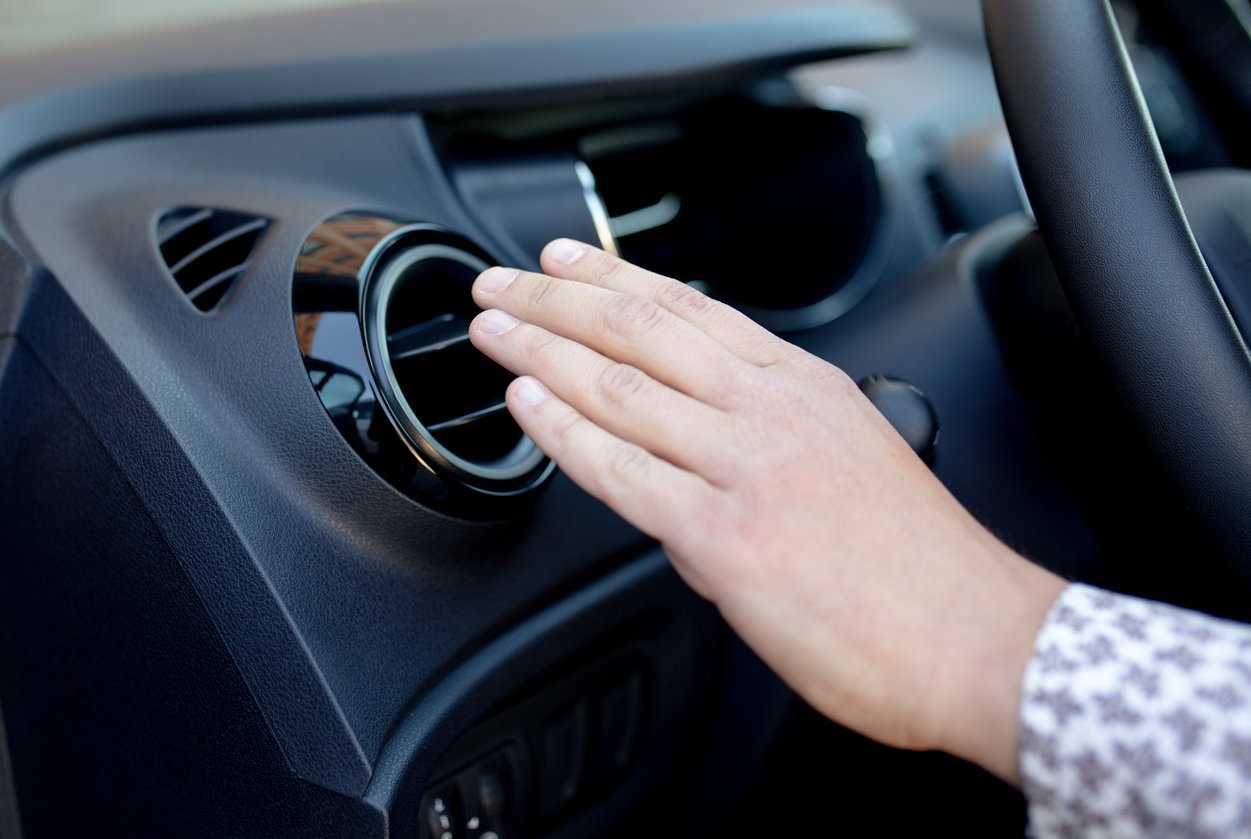The heating system in your car is supposed to keep the atmosphere warm. Something is wrong when that does not happen. A car heater blowing cold air could be a symptom of the failure of the heating unit.
There could be various reasons for car heater not working but it basically happens for two reasons: air from the blower is not blow toward the heater core or the coolant does not flow through the heater core. Several underlying causes are there for which the coolant and the air do not go through their designated paths. The trouble with the thermostat or heater core could also be the reason.
Contents
The Reasons for Car Heater Blowing Cold Air
When a car heater not blowing hot air, the problem is likely to be with the cooling system. The most common issues are:
Stuck thermostat.
How does a thermostat work? With the help of valves. The machine has several valves that sense the coolant temperatures and open up and close down depending on temperature’s ups and downs.

The valves help with warming up the engine by remaining closed until the engine coolant reaches a certain temperature level. However, they have to open up after the temperature reaches that certain range. Otherwise, the coolant does not circulate properly and the engine overheats. All these concurrences leading to the problem of car heater blowing cold air.
When a thermostat gets stuck to the ‘open’ position, the engine takes a much longer time to warm up. When the heater blows slightly warm instead of cold air, a thermostat with stuck open valves is to be blamed for.
Air trapped in the heater core.
Air is not supposed to get into the cooling system. When it does, it messes up the normal operation of the heater.
The heater core that resembles a compact radiator is the high point in a cooling system. It has an aluminum or brass tube system that brings in and out hot coolant. The heat discharged by the hot coolant is circulated by a few fans in the core. So, a heater core is basically the station that runs the heating and cooling actions in a car.
The core cannot do its functions when air bubbles run right through it and get trapped. You can solve this issue by flushing the air out of the system.
SEE MORE
Clogged heater core.
Another reason for the heater not doing its work properly. The coolant in the system is supposed to flow through the core. When it does not, cold air comes out of the heating system. A simple fix to the problem is flushing the core.
It happens because of the clogging of the core’s internal tubes. Over time, many unwanted things caused by corrosion and wearing can pile up inside the tubes and block their regular flow. Also, plenty of other objects like debris, fibers, and other tiny things can get inside the heater box and choke the system.
Flushing will not work if the lines are heavily clogged. You have to remove it from the car and clean the clogged parts.
In some cars, the heater core has a valve in its inlet line. The heating system could blow cold air if that valve is stuck in the ‘close’ position.
Other Reasons a Car Heater Blowing Cold Air
It is clear from the above discussion that the cold air problem is most likely to stem from the heater core. However, the issue could be rooted in some other components too. These parts could vary from car to car, depending on the make and model. However, the component that is likely to give trouble is a stuck bend door.
Most cooling systems have a bend door that controls the flow of the air through the heater core. When it gets jammed, the heater will be blowing cold air. It will happen even if the heater core is functioning. A stuck bend door means the air does not get into the core to turn hot.

Of course, you get cold air when the bend door is fixed to the ‘close’ position. You will get only hot air all the time if it is fixed in the ‘open’ position. A partially closed door will blow mildly warm air.
A bend door can malfunction for a number of reasons. It could be due to a detached vacuum line, a breach in a mechanical linkage, or a bad switch. There could be several other causes too.
So, when you face the trouble of a car heater blowing cold air, examine either the heater core or the bend door.



